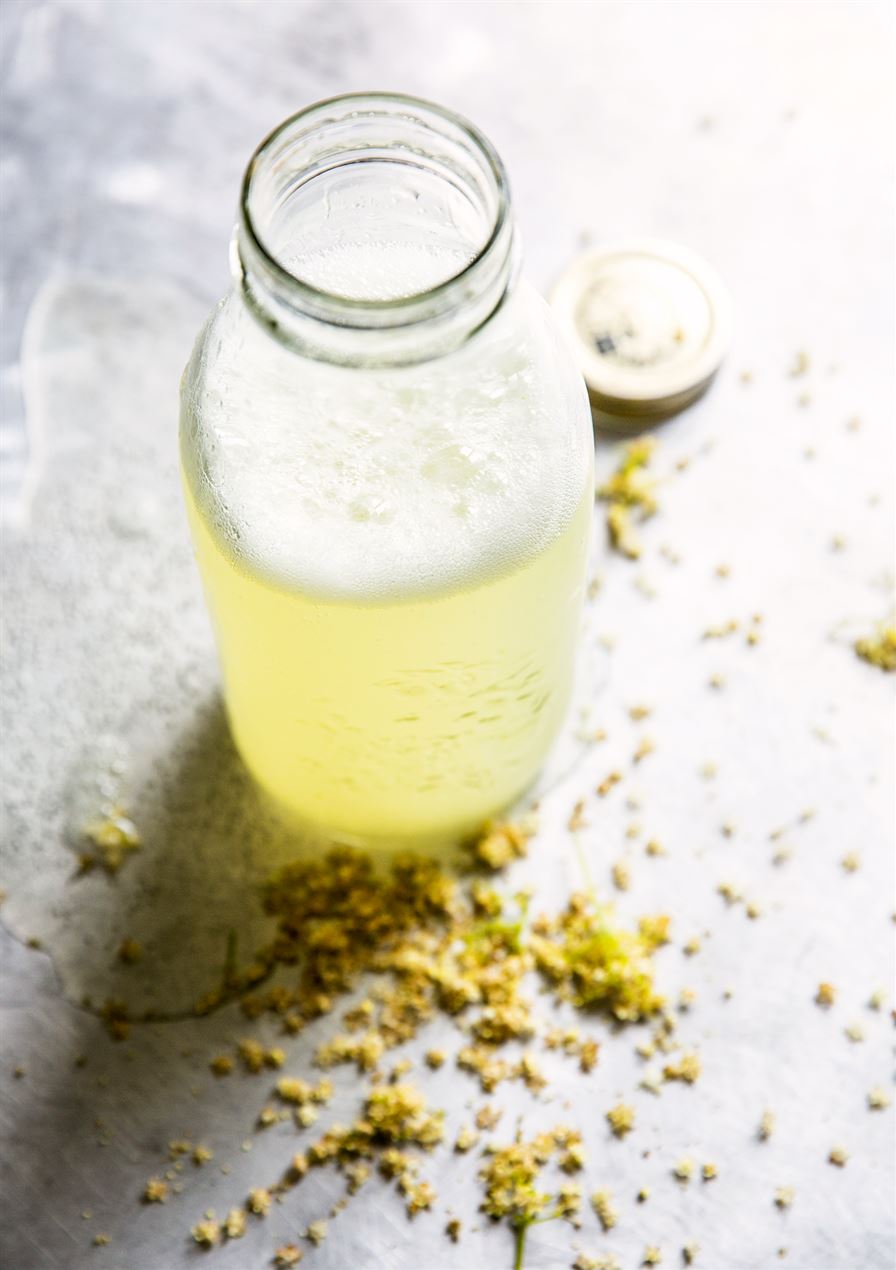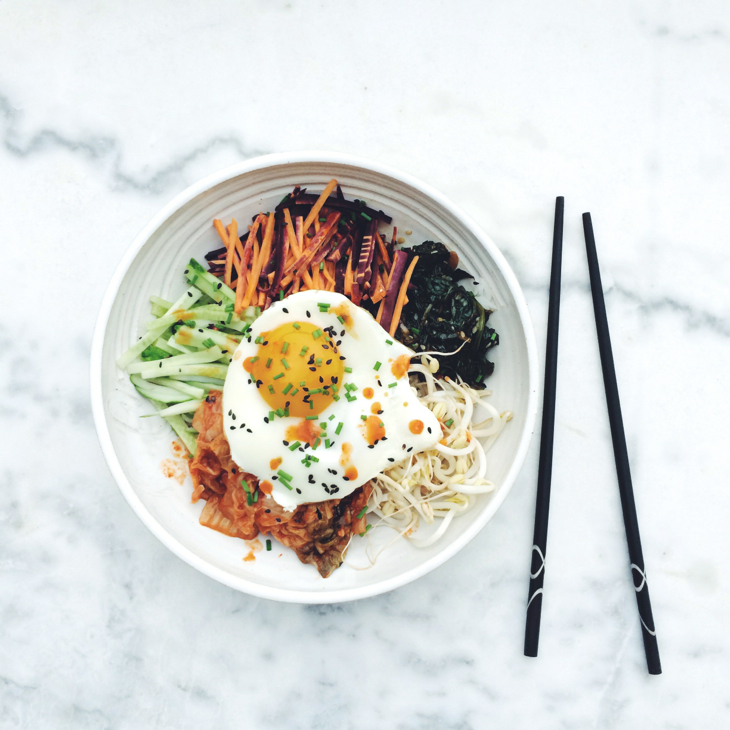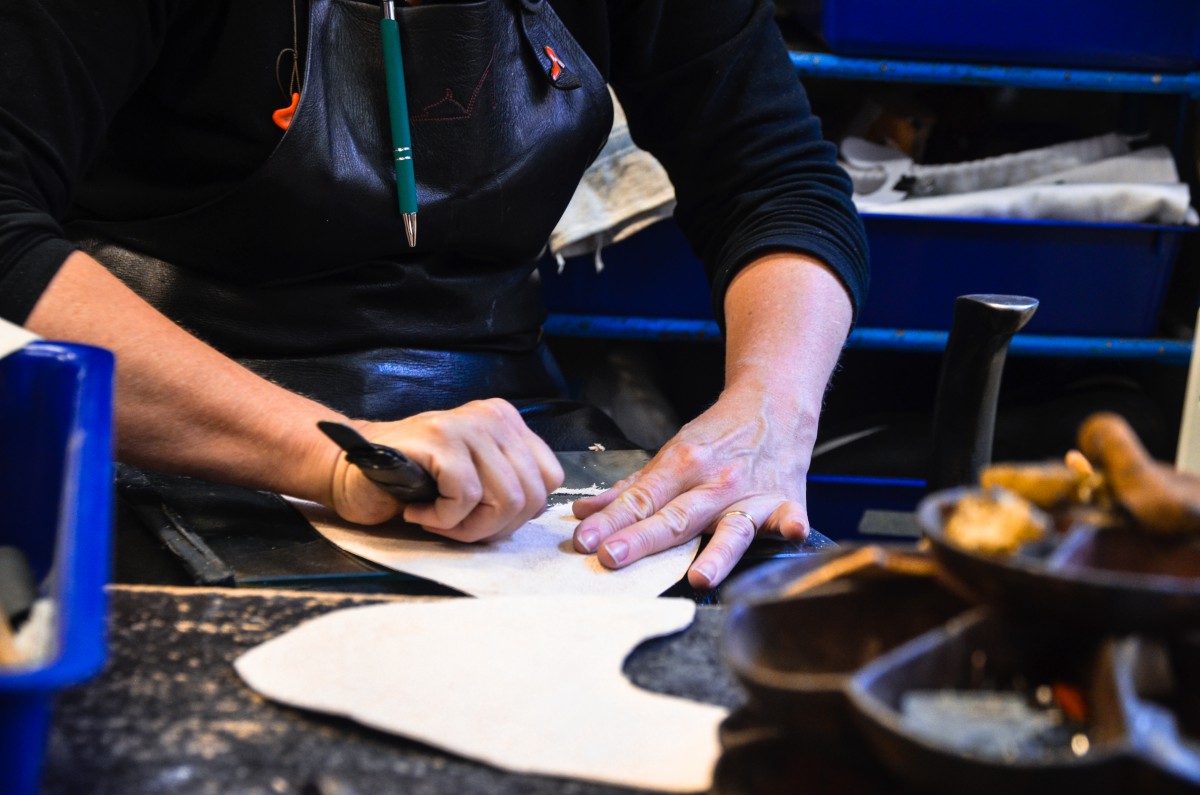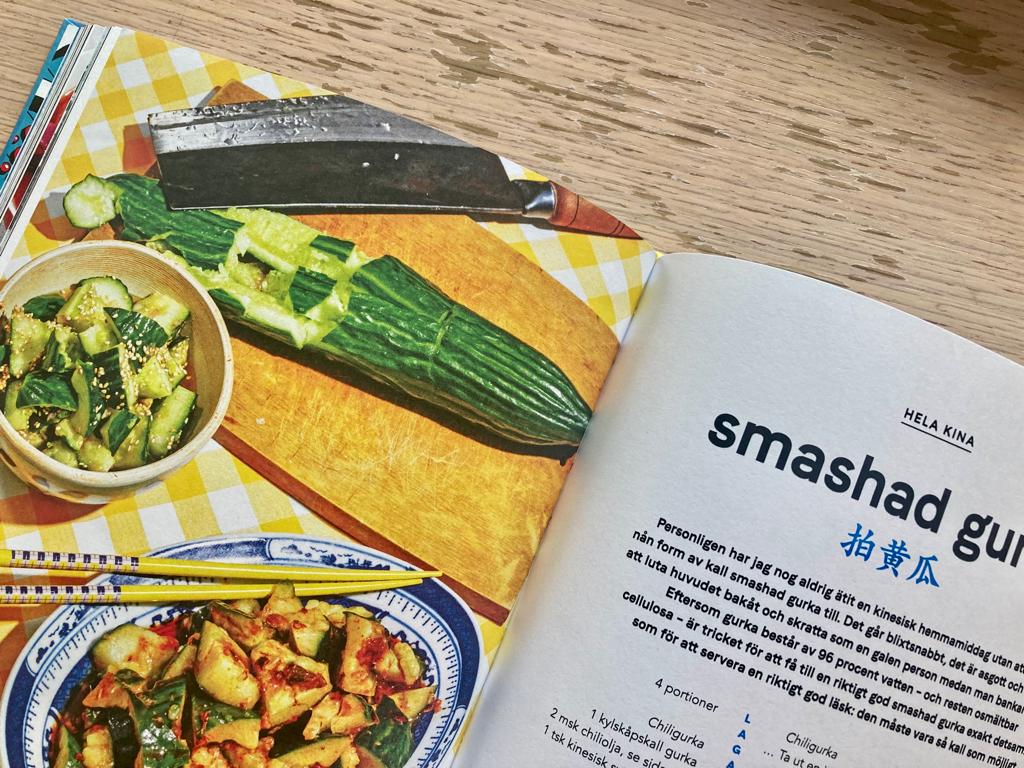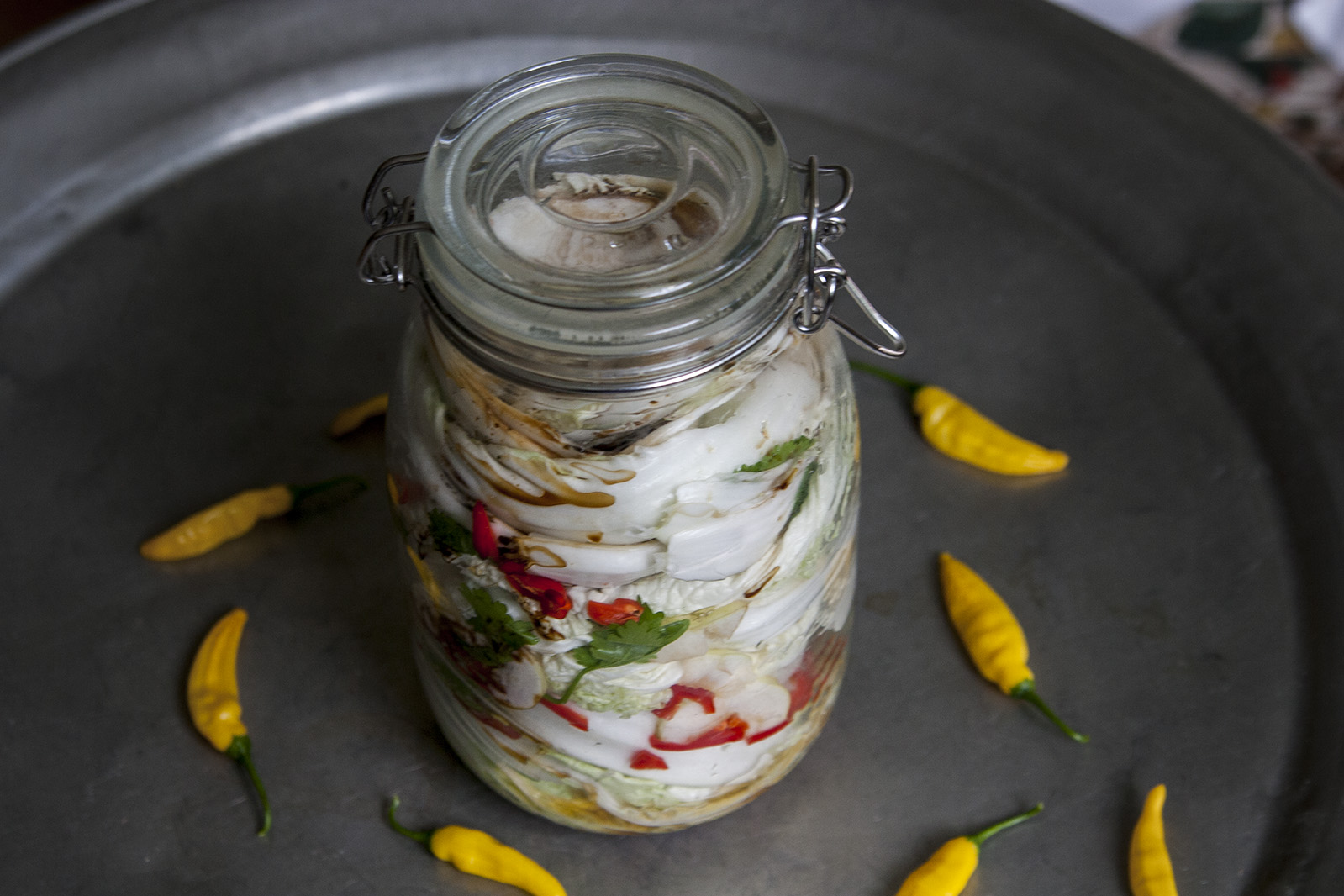Gästbloggaren Divya Jagasia delar med sig av ett smarrigt recept. Kanske blir det Indiska nachos till fredagsmyset?
Hon tipsar även om hennes bästa sätt för en säker groddning.
Papri Chaat or Indian nachos!
Have you ever eaten papri chaat before? It’s a taste sensation of different textures and flavors that just come together: crispiness from fried papri (sort of like crackers/chips), spicy potatoes and/or chickpeas, sharpness from red onion, coolness and creaminess from yogurt, a crunch and freshness from sprouted mung beans, and a fragrance and freshness from coriander, all topped off with date chutney, which is sweet and sour. It’s kind of the nachos of India, so you can imagine how delicious it is! But you can also imagine that it might be slightly unhealthy, slightly junk-foodie? Well, yes it is, unless you’ve got the perseverance to create a less guilty appetizer like I’ve done here.
Chaat in India is street food but also found in fast-food joints, and there are thousands of versions out there. To be honest, my parents didn’t really take us out for chaat. I associate it mostly with my aunt (Geeta chachi), and to this day, she would rather eat chaat for dinner than a real meal. I on the other hand, had totally forgotten about chaat. However, in recent years, when visiting the sultry New Jersey summers, my mom decided that I needed a bit of re-introduction to Indian food. I admit, living in Sweden has perhaps drifted me away from real Indian food and the menus in Indian/Bangladeshi restaurants here are understandably limited.
Anyway, last summer, my mom made me a plate of papri chaat and it made me really appreciate it. It is one of the most perfect things to eat on a hot day — it isn’t heavy like many Indian meals. This can be as light or heavy as you’d like. It can be the traditional snack or appetizer that it is, or you can make a meal out of it. So, as the weather got warmer here in Stockholm, I craved chaat, rang up my mom for the recipe, and made it for the first time. She said I had to use mung beans (because I’m not generally a fan) and I told her I already had them sprouting just for the occasion!
Mung beans
Mung beans are high in magnesium (essential for energy), potassium (maintains fluid-balance in the body), protein (fuel and building blocks of the body), iron(blood transport and metabolism) and vitamin B6 (protein/carbohydrate/fat metabolism). So I think it’s worth eating whether you cook it or eat it raw as a sprout.
Sprouts
The reason people swear by sprouting is because, other than it being tasty, helps the body absorb nutrients efficiently. As part of their defense mechanism, many seeds, nuts, legumes and grains have an enzyme-inhibiting coating around their exteriors, preventing us from gaining all of their nutritional benefits. Often, soaking takes care of deactivating them, but sprouting offers additional benefits like vitamin C, which also helps absorb iron!
But I confess, I am rather wary of sprouts because they can be carriers of E. coli and Salmonella. In the case of mung beans, even if you’re completely hygienic when sprouting, the bean itself can have been contaminated. So my advice is to know the source of your beans, and if you have any doubts, steam them. Unfortunately this will kill not only the bacteria, but also the crispness and nutrition found in its raw state. I’ve decided to take the risk here as two tablespoons isn’t enough to kill you, or is it? Besides, it isn’t just sprouts that can be the carriers of E.coli and Salmonella — it can also be other vegetables like spinach and tomatoes. But I don’t think I’m going to stop eating my vegetables!
Here are my tips for safe sprouting:
1. Buy the beans/seeds/nuts/grains from a reliable source.
2. Wash the beans/seeds/nuts/grains 2 or 3 times with clean water.
3. After 8 hours of soaking, rinse and drain 2 – 3 times every 4 hours and keep the beans/seeds/nuts/grains in the fridge — that way there is less chance of bacteria forming.
In any case, I hope you try this recipe if you’re looking for something exciting, light and satisfying. It may seem like a lot of elements, but most of them can be made in advance — I always keep date chutney in the freezer waiting for me. You could also buy the papris from the Indian store instead of making your own if you don’t care that they’re deep-fried. And do let me know your thoughts on it, I’d love to hear from you!
Papri Chaat Serves 4 appetizer-portions or 2 as a mealFilling:
2 cups / 4 dl cooked chickpeas and/or potatoes
1/2 tbs / msk chaat masala (essential, but can be substituted with 1 tsp garam masala)
1 tsp / tsk umchur (dried mango powder)
1/2 tsp / tsk black salt (found in Indian stores)
A pinch or two of chili powder
1 red onion, chopped
1/4 cup / 1/2 dl fresh coriander, chopped
Date chutney:
1/4 cup / 1/2 dl dates, pitted
1/4 cup / 1/2 dl tamarind juice
1/2 cup / 1 dl water
1 tsp / tsk cumin powder
a pinch or two chili powder
Salt to taste
Assembly includes:
Sprouted mung beans (optional)
More fresh coriander
Yogurt seasoned with salt and pepper
Papris (recipe below)
Baked papris
1 cup / 2 dl white rye or all-purpose flour
1/8 tsp / tsk ajwain seeds (optional)
1/4 tsp / tsk crushed black pepper
1/4 tsp / tsk salt
2 tbs / msk oil
1. Take 1/4 cup mung beans and rinse them thoroughly – about 3-4 times. Allow to soak overnight or for 8 hours. Rinse well again. Drain all the water and place in a clean bowl, cover with a cheesecloth on top of the bowl and place in the fridge. Rinse and drain again every 4 hours or until the beans grow about one-inch tails. Steam before eating if you wish to be safe. Avoid sprouts when pregnant.
2. Make the papris: In a bowl, mix all the ingredients together. Gradually add 2 – 3 tablespoons (1/2 dl) of water and bring together into a firm dough, kneading for a minute or two. Roll out to 1/8 inch thick and cut out even-sized squares and place on a parchment lined baking sheet. Lightly grease with oil on both sides. Bake for 10 – 15 minutes or until a nice golden. Once cooled, pooris can be placed in an air-tight container for up to two weeks.
3. Make the chutney: Boil all the ingredients together. Grind until smooth. Freeze any leftovers for next time or for other dishes.
4. Make the filling: Mix all the ingredients together and taste for salt. Add extra umchur if you like things extra sour.
5. Assembly: Line a serving plate with papris, then spread on a thin layer of filling. Drizzle with seasoned yogurt. Lastly sprinkle with sprouted mung beans, fresh coriander, red onion and chili powder.
Enjoy!
Text och foto: Divya Jagasia
Läs The waves intervju med Divya här
Vill du läsa mer av Divya Jagasia? Kolla in hennes blogg Shoots and Tendrils


